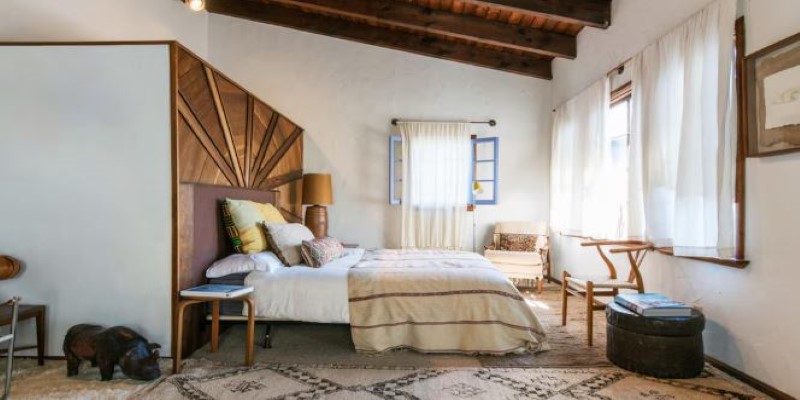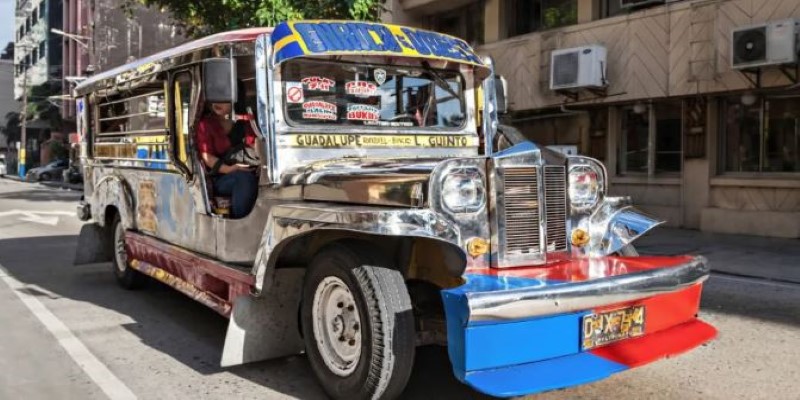For many Americans, retiring somewhere warm and affordable is appealing. The Philippines often lands high on the list of retirement destinations because it checks those boxes and a few more. English is widely spoken, the healthcare system in urban centers is decent, and the cost of living is much lower than in the US. But retiring in the Philippines isn't as simple as booking a one-way flight. Financial, legal, and lifestyle questions need answering before making the move. This guide outlines the core steps and facts about retiring in the Philippines.
Visa Options and Legal Residency
One of the first hurdles is figuring out how to stay legally long-term. The country offers a retirement visa called the Special Resident Retiree's Visa (SRRV). The Philippine Retirement Authority issues this visa and allows foreigners to live in the country indefinitely if certain financial conditions are met.
There are different types of SRRV depending on age and pension status. For example, retirees aged 50 and up with a guaranteed monthly pension of at least $800 (single) or $1,000 (couple) can qualify by depositing $10,000 in a Philippine bank. If you don’t have a pension, the deposit goes up to $20,000. Some visa holders may use their deposit to purchase a condo or invest in long-term leases, depending on the SRRV type.
Once granted, the SRRV allows for multiple entries and exits, exempts you from certain taxes, and skips the need for yearly visa renewals. However, visa rules change, so it’s important to check the latest requirements from the official Philippine Retirement Authority or through a local immigration attorney.
Cost of Living and Housing
Low living costs are one of the biggest reasons retirees move to the Philippines. Monthly expenses for a single person can range from $1,000 to $1,500, depending on location and lifestyle. Housing, groceries, and utilities are cheaper in smaller cities or provinces. Urban areas like Manila, Cebu, or Davao are pricier but still generally more affordable than US cities.

Rent is one of the biggest variables. A one-bedroom apartment in a mid-sized city may cost around $300 to $600 monthly. In Manila's business districts, expect to pay more—sometimes closer to $1,000 for something upscale. Many retirees opt for furnished condos with 24-hour security and generator backups, especially during typhoon season.
Utility bills vary based on use, but electricity is relatively expensive. Air conditioning during hot months can drive bills up, while internet, water, and mobile phone plans are generally affordable. Most day-to-day expenses, including groceries and eating out, cost a fraction of what they would back home.
Healthcare and Insurance
Healthcare in the Philippines is mixed. Private hospitals in larger cities offer modern facilities and English-speaking staff, while rural hospitals may not be as well-equipped. Many Filipino doctors train in the US or Australia, and their services can be very affordable without insurance. For example, a basic checkup might cost under $20, and specialist visits can be $30 to $50.
US Medicare does not cover treatment overseas, so you'll need private insurance. Some expats use international health insurance plans, while others pay out-of-pocket for routine care and reserve emergency insurance. Insurance premiums depend on age and coverage, but basic international plans for retirees start around $150 to $250 per month.
Medical evacuation coverage is worth considering in case of a serious medical issue. It can ensure you're flown to a nearby country like Singapore or the US for complex treatment.
Culture, Community, and Daily Life
Living in the Philippines can feel both familiar and different. English is widely spoken, and American culture has left its mark on everything from food to entertainment. Most Filipinos are welcoming and polite, which makes it easier for retirees to adjust socially.

Many expats live in places like Dumaguete, Tagaytay, Baguio, and Cebu, which have established foreign communities. These areas often have Facebook groups, meetups, and services tailored to retired foreigners. Living in these communities can ease the transition and provide support when dealing with local bureaucracy or housing issues.
Public transport is limited, especially outside metro areas. Tricycles, jeepneys, and small buses are common, but many expats prefer to rent or buy scooters and cars. Driving can be chaotic, and traffic in Manila is infamous, so some retirees prefer smaller towns with slower paces and walkable layouts.
The weather is tropical—hot and humid year-round, with a rainy season between June and October. Typhoons are part of life in many coastal regions. When scouting places to live, it is worth considering choosing an elevated location that is less prone to flooding.
Technology-wise, mobile internet is widely available and cheap. Many homes use prepaid data plans or fiber broadband available in the area. Streaming, online banking, and video calls are easy in or near a city.
Banking in the Philippines is straightforward, and expats can open accounts with proper documentation. ATMs are everywhere in cities, but many have withdrawal limits and occasional service interruptions. Some retirees keep US bank accounts and use online services to transfer money monthly to local banks. It's best to maintain a mix of both for convenience and access.
Conclusion
Retiring in the Philippines can offer a relaxed pace of life, lower costs, and a welcoming culture. With the right visa, affordable healthcare options, and careful planning around housing and finances, living well on a modest retirement budget is possible. English-speaking communities, warm weather, beautiful natural scenery, and strong family values make it an appealing choice for many. But it's not a decision to rush—spending time there first, learning local systems, and connecting with other retirees can make the transition smoother. If you're looking for a simpler and more affordable retirement, the Philippines offers a practical and rewarding path forward.












